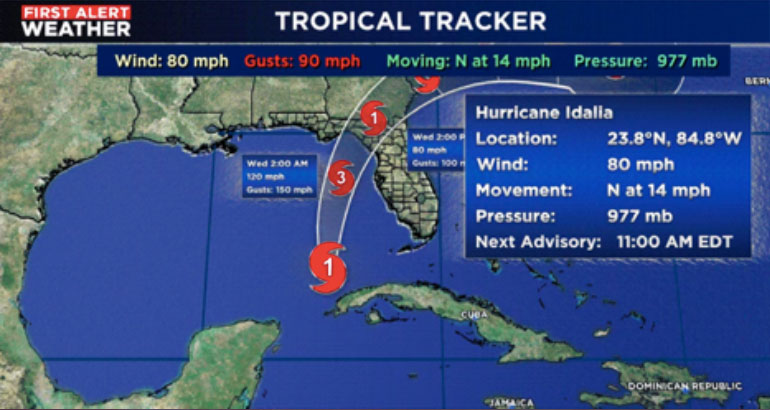
Welcome back to another article where we delve into the ever-changing landscape of the freight market. With the month coming to an end, it’s time to assess the market trends, capacity changes, and what the future holds for carriers and shippers alike. Whether you’re new here or a regular reader, this article aims to provide an in-depth analysis of the trucking industry, focusing on the spot market and freight market trends.
Capacity Insights
Last week, we saw a net loss of 337 carriers, marking a consistent negative change in net carrier population since April 2023. Although this may sound like bad news, it’s indicative of a market that is slowly stabilizing. The number of new authorities and voluntary revocations are both on the decline, suggesting fewer carriers are entering or leaving the industry.
“We underestimated the cash pile that small, medium-size carriers had built up over COVID and have allowed them to survive longer than we thought they’d be able to,” – Derek Leathers, chairman and CEO of Werner at a Deutsche Bank transportation conference pic.twitter.com/P7vX3LZVxZ
— Thomas Wasson (@ThomasWasson7) August 16, 2023
General Freight Market Trends
The general freight volume remains elevated, showing a robust demand from shippers. However, tender rejections—loads rejected by contract carriers and pushed to the spot market—have slightly decreased to 3.89%. This indicates that not many loads are being pushed to the spot market, despite the high general volume.
Week-over-Week Analysis
Freight volumes increased by 0.8% week-over-week, while tender rejections decreased by 1.77%. The spot-to-contract spread, which shows the payment difference between contract and spot carriers, has widened to 75 cents per mile, favoring contract carriers.
Fuel Prices
Diesel prices continue to be a concern, averaging at $4.38 per gallon. While some regions like the South and Midwest are experiencing a decrease, the West Coast and Northeast continue to see rising prices.
Flatbeds
Flatbed volumes are on a downward trend, not aligning with the five-year pattern. Rates have also decreased but not as drastically as the volume, hovering around the $2.32-$2.35 per mile mark.
Reefers
Good news for reefer carriers as both volumes and rates have increased. The rates are inching closer to the five-year average, currently standing at around $2.48 per mile.
Dry Vans
Dry vans have remained stable, with a slight decrease in spot rates to $1.89 per mile. The Midwest appears to be the most promising region for dry van carriers, with increased tender rejections and volumes.
Hurricane Idalia
Hurricane Idalia is nearing Florida. For our Florida trucking companies and southeast based carriers, this presents an opportunity in spot market volume and rates as Florida recovers from the damage. As California still recovers from Tropical Storm Hilary, the industry is seeing a boost in transporting essential supplies and aid.

Source: WWSB
Conclusion
While the freight market shows signs of slight improvement, it’s essential to approach it with caution and patience. The peak season may not bring the industry to new heights, but incremental improvements are likely. As always, keep an eye on market trends and adapt your strategies accordingly. Here’s to a brighter future in the freight market!
Contact Us for all kind of Trucking Authority & Permit Services, and stay tuned for more updates, and here’s to a brighter future for the industry.